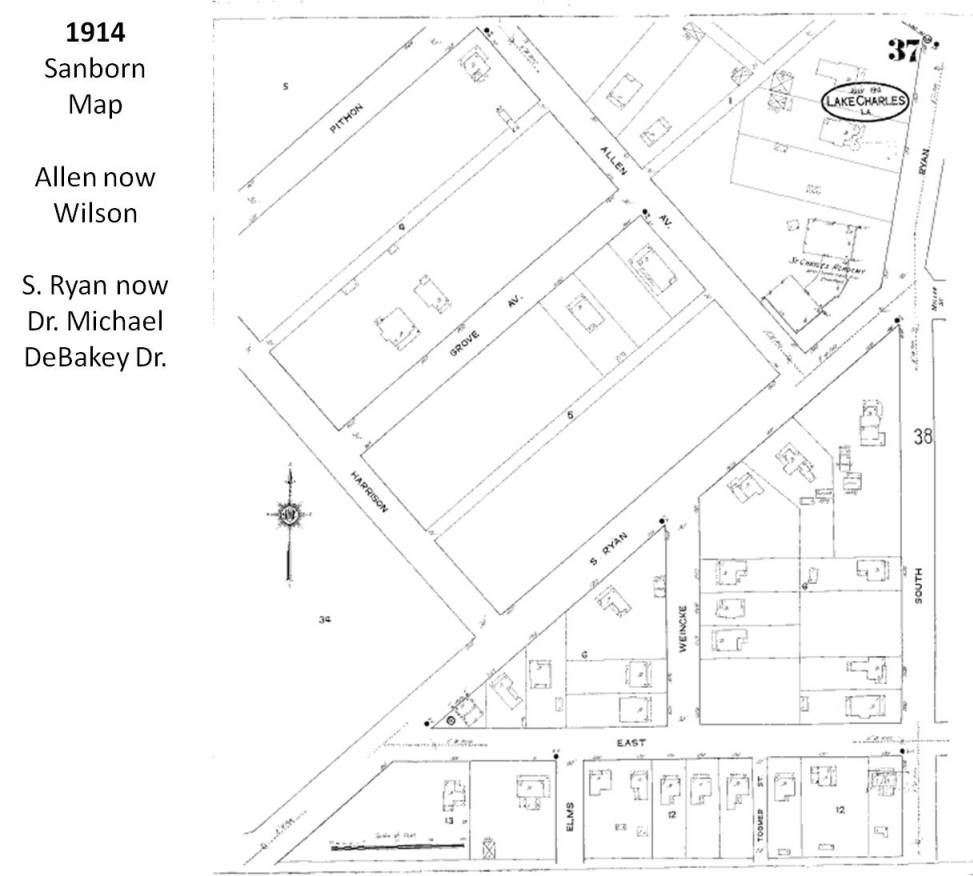History

The following history of Margaret Place is a combination of information form a city document discussing Historic Guidelines, the Calcasieu Preservation Society as well as other sources, including local historian Adley Cormier.
Michael de Riviere Pithon, born to an aristocratic French family in 1771, fought alongside Napoleon, and immigrated to Louisiana in 1814, settling on 167 acres on the southeast shore of Lake Charles. The Pithon family legends state that he bought some of the land directly from Native Americans and paid for it with a jug of whiskey and two good blankets. Pithon Street and Pithon Coulee are both named for this early French transplant.
A portion of that land became Margaret Place as detailed in "Who is Margaret and why does she have a place?"
 This portrait was commissioned by Bill Shearman when he purchased 109 Pithon from his mother, Ada Vincent, in 1981. The portrait was painted by Susan Smythe in 1983. The Shearmans gifted the portrait to the Ross family when they purchased and the traditon continued when Timothy Ieyoub purchased and, most recently, Hilda and Dean Day. The Dayâs will leave was they move to 220 Wilson.
This portrait was commissioned by Bill Shearman when he purchased 109 Pithon from his mother, Ada Vincent, in 1981. The portrait was painted by Susan Smythe in 1983. The Shearmans gifted the portrait to the Ross family when they purchased and the traditon continued when Timothy Ieyoub purchased and, most recently, Hilda and Dean Day. The Dayâs will leave was they move to 220 Wilson.
In 1910, a disastrous fire destroyed most of the city and provided an opportunity to construct anew. The city was rebuilt and its borders expanded. Swampy land along Pithon Coulee and other streams on the south shore of the lake was drained and filled.
In the early 20th century, the City of Lake Charles was expanding.Three streetcar lines further fueled this expansion. Streetcar lines were extended after the Great Fire of 1910 as the City rapidly grew south and east from the lakefront. The newly created South Ryan Street line provided 24 hour service to the families in the jewelbox subdivision known as Margaret Place, providing access both to the business district at the heart of the downtown and to the recreational activities at Shell Beach and Barbe Pier.